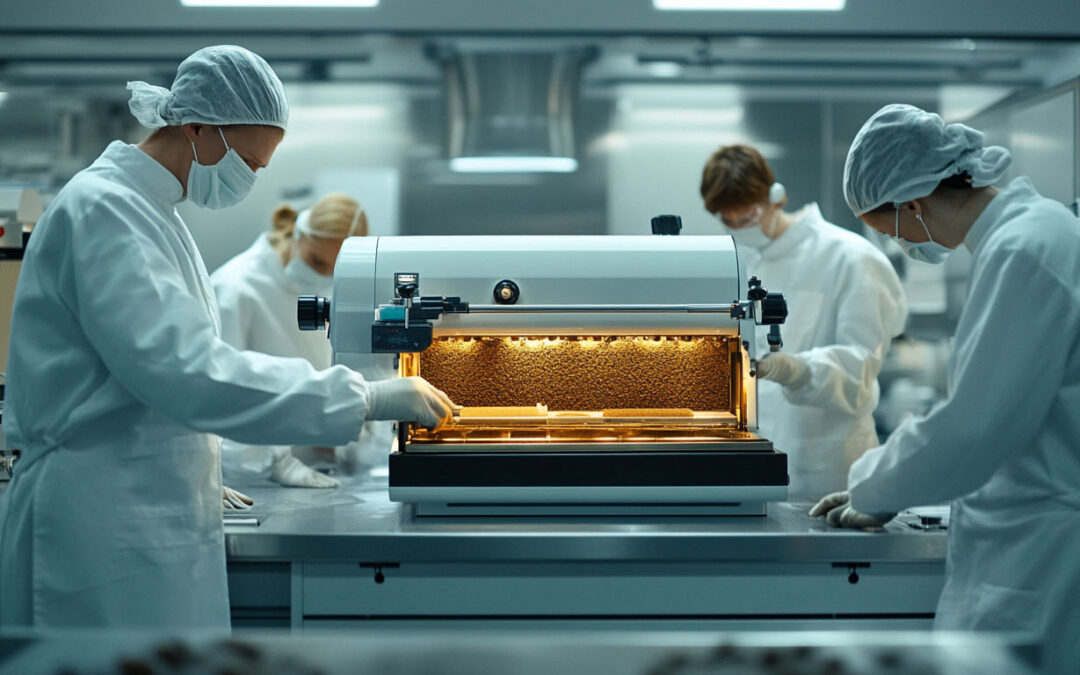The Coffee Industry’s Next Big Shift
The world of specialty coffee is constantly evolving, and 2025 is shaping up to be a pivotal year for packaging innovations. With sustainability, branding, and international trade playing major roles, roasters must stay ahead of the curve. From navigating tariffs to exploring white-label opportunities and rethinking fair trade models, the coffee industry is poised for big changes.
Here’s what you need to know about the coffee packaging trends that will define the coming year.
Tariff Updates: How US Import/Export Policies Impact Coffee Packaging
For coffee roasters importing beans or exporting their product, tariffs are a critical factor. The U.S. continues to adjust trade policies, which can significantly affect pricing, sourcing, and packaging costs. Here’s what to expect:
- Increased Tariffs on Imported Green Coffee Beans – Rising costs could push roasters to source beans from alternative regions.
- Trade Agreements Shaping Supply Chains – New policies may ease restrictions for certain countries while making it harder to import from others.
- Sustainable Packaging Costs on the Rise – Eco-friendly materials, already more expensive, could see additional price hikes due to new regulations.
For specialty roasters, staying informed and working closely with suppliers will be key to maintaining profit margins without compromising quality.
White Label Coffee Packaging: A Growing Opportunity
As competition intensifies, more brands are turning to white-label coffee packaging to streamline production and expand their market reach. White labeling allows businesses to sell high-quality coffee under their own brand without having to manage the entire roasting process.
Why white-label packaging is gaining traction:
✔ Lower Production Costs – Partnering with established roasters reduces overhead expenses.
✔ Faster Market Entry – Skip the lengthy development process and launch new blends quickly.
✔ Customization Options – Brands can still design unique packaging while benefiting from bulk production savings.
✔ Sustainability Choices – Many white-label providers now offer compostable or recyclable materials to align with eco-conscious branding.
This approach is especially beneficial for cafes, subscription box services, and new coffee brands looking to establish themselves in a crowded market.
Fair Trade’s Evolution: Profit Sharing for Roasters and Farmers
Fair trade has long been associated with ethical sourcing, but in 2025, it’s evolving into a profit-sharing model that benefits both farmers and roasters. Instead of traditional fair trade certifications, many companies are creating direct partnerships with coffee growers, ensuring a more equitable distribution of profits.
How profit-sharing is reshaping fair trade coffee:
- Higher Earnings for Farmers – By cutting out middlemen, farmers receive a larger share of profits.
- Transparency for Consumers – More brands are showcasing exactly where their coffee comes from and how much farmers are paid.
- Stronger Roaster-Grower Relationships – Long-term partnerships create better quality control and innovation in flavor profiles.
Consumers are becoming increasingly conscious of where their coffee comes from, and this shift towards profit-sharing fair trade models is a win-win for businesses and farmers alike.
What’s Next for Specialty Coffee Packaging?
As we move into 2025, the specialty coffee industry faces both challenges and opportunities. From adapting to new tariffs and embracing white-label packaging to rethinking fair trade, roasters must be ready to innovate.
Key takeaways for roasters:
✅ Stay informed on tariff changes to manage costs.
✅ Consider white-label packaging for efficiency and brand expansion.
✅ Explore profit-sharing fair trade models to strengthen sourcing relationships.
✅ Invest in sustainable packaging to meet consumer demand.
The coffee industry is evolving fast, and staying ahead of these trends will help specialty roasters thrive in a competitive market.
2025 Coffee Packaging: Innovate, Adapt, and Grow
With sustainability, ethical sourcing, and branding at the forefront, the future of coffee packaging is both exciting and challenging. Roasters who embrace these changes will not only survive—but thrive—in an industry that continues to push boundaries.

